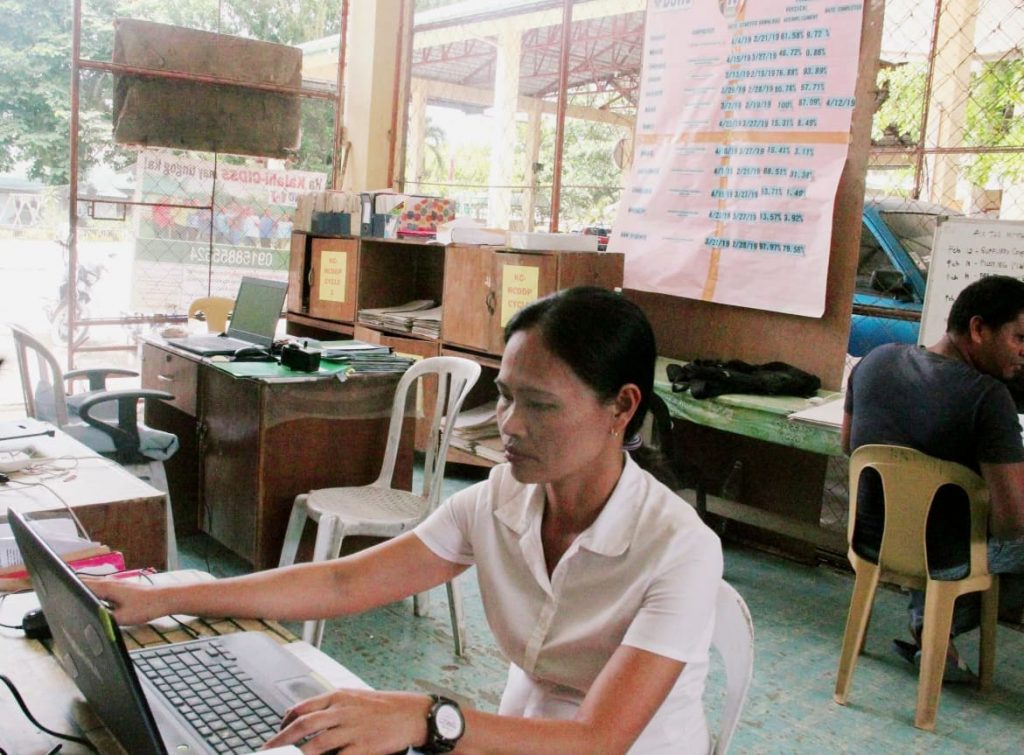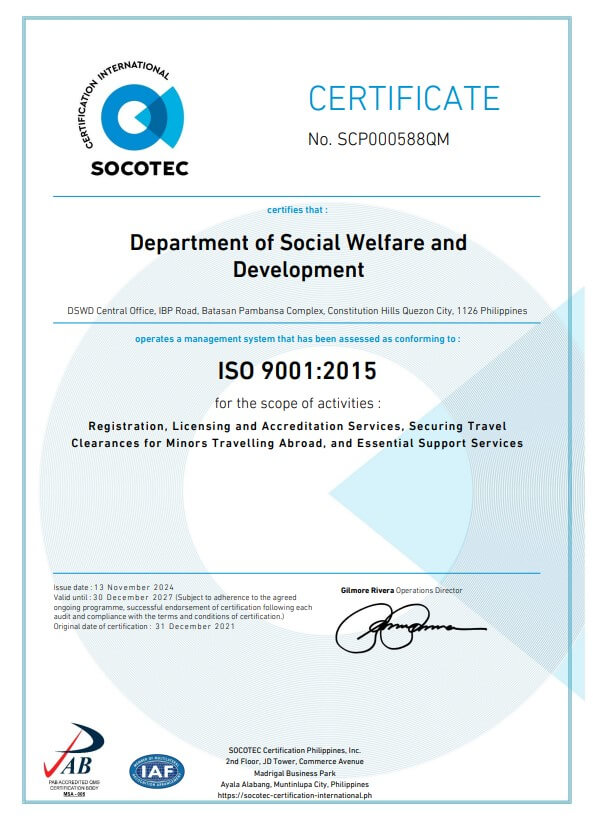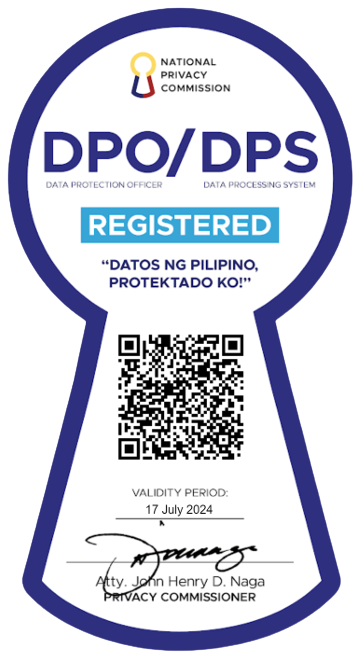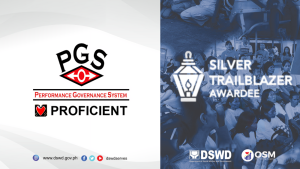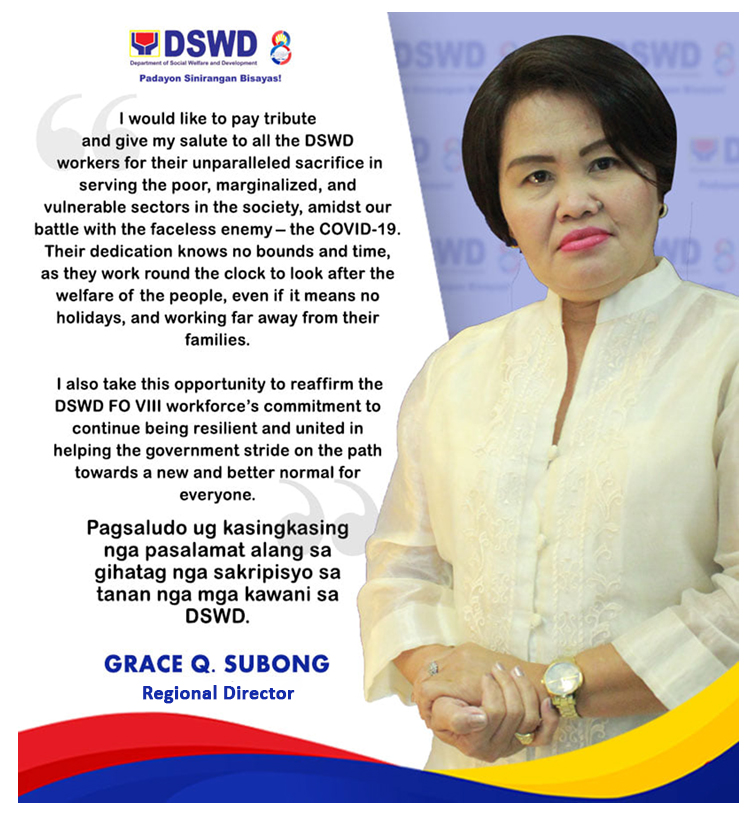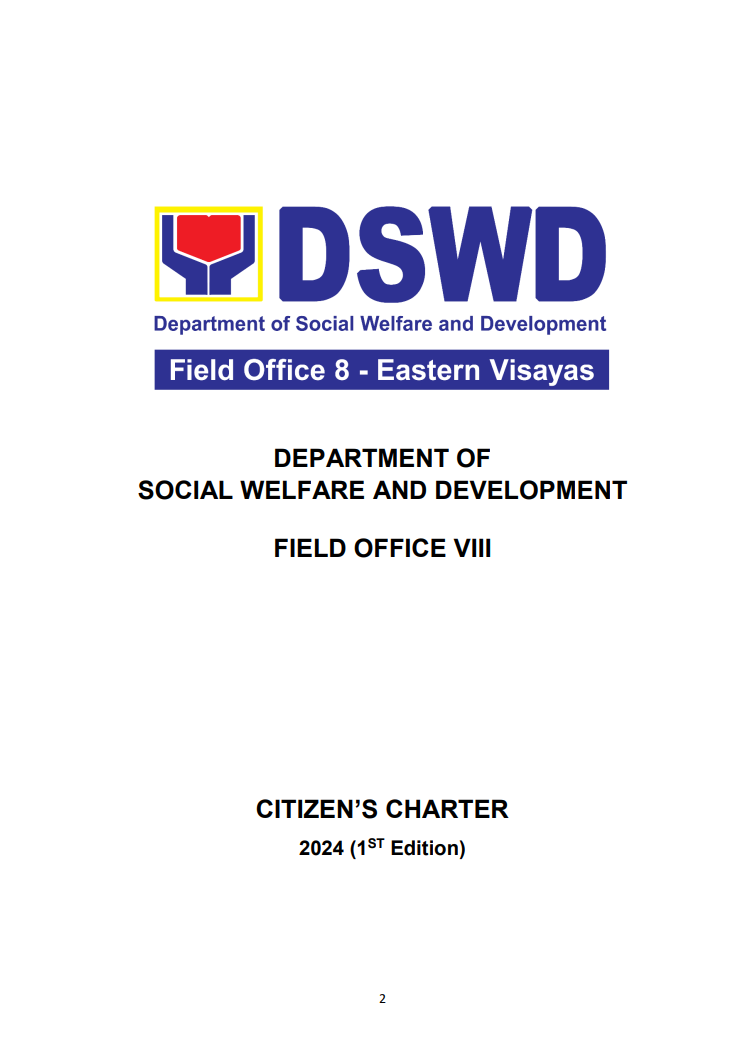
Jessibel Halayahay working closely with the community during the sub-project implementation in Matag-ob, Leyte 
Ms. Halayahay being focused on her functions as Municipal Area Coordinator of Matag-ob in Leyte 
Ms. Halayahay advocates CDD during the Policy Advocacy on CDD Institutionalization orientation with DSWD Internal staff.
One way to push development and sustainability in the community is entrusting the economic resources to women’s hands. Kalahi CIDSS program promotes women’s engagement in development sphere. The skills and knowledge of women has been the workforce asset in almost 16 years of Kalahi CIDSS implementation in Eastern Visayas.
Among these thousands of women force is Jessibel Halayahay, a 41 year-old Kalahi CIDSS Community Volunteer turned Municipal Area Coordinator in Matag-ob, Leyte.
Building sub-projects, Building self-esteem
Ms. Jessibel Halayahay started as a timekeeper and later became the Barangay Sub-Project Management Team chairperson in Kalahi CIDSS program. The community of Brgy. Santa Rosa in Matag-ob Leyte identified Construction of Two (2) Secondary School Building as their intervention for Cycle 2 implementation of Kalahi CIDSS in 2014.In the past, the students in their barangay would take the long route to Villaba, which passes through the next town of Palompon, just to get to Matag-ob proper and attend school.
The situation was due to the impassable road of Santa .Rosa leading to the town of Matag-ob. It took them almost an hour to get to the school with a one-way fare of approximately Php 40.00- 50.00.
Ms. Halayahay expressed that she was discouraged in sending her children to high school due to the expensive daily fare. However, when she was elected as community volunteer, her motivation was ignited considering that many students, including her three children would benefit from the sub-project.
When the school building was completed, Ms. Halayahay remembered that the school head thanked her for the effort and sacrifice she exerted. Ms. Halayhay remembered that even on holidays, she rendered overtime just to comply the needed documents for implementation.
One of her milestones as a mother and a citizen of the barangay was the completion of the school building. The sub-project is now being enjoying by her three children Francis Lawrence Halayahay, Grachelle Halayahay and Rjay Hope Halayahay now the incoming Grade 11, Grade 10 and grade 8 ,respectively. To date, there are 243 students benefited the school building .
Ms. Halayahay is proud of herself that she became one of the instruments in building the school. She said, “I feel proud of myself that I became instrument in building the school to help my children and my community. Along with the building of the school is also was boosting my self-esteem. I realize that I can also perform beyond housewife roles.”
All she did in her past life was doing the household chores before involving herself in Pantawid Pamilya and Kalahi CIDSS program. It became more challenging to her as a housewife, when her husband got a toxic goiter. She remembered approaching relatives and friends to ask for medical assistance for her late husband. And since she is the breadwinner, she also worked as a daycare worker.
Also, when Ms. Halayahay was elected as a community volunteer, she had no confidence in herself that she will carry the responsibilities well. Though she has an experience being a parent leader, she thought that Kalahi CIDSS is a different thing.
However, she later believed she can make it, so she did despite the challenges. She only proved that indeed, a woman’s place is not only in the home but also in the workforce, that would bring about development.
Learning from experience, reaping hard work
Ms Jessibel Halayahay is a person who puts the welfare of community first above herself. She said, “If you really wanted to help you should not think of getting something in return.”
In 2015, she was acknowledged as one of the Regional Bayani ka! winners because of the sacrifice, perseverance and hardwork she invested being a community volunteer.
The BayanI Ka! promotes the involvement of Filipinos in community development, regardless of their age, gender, educational attainment, and status, by encouraging them to put their community before their own selves.
Her experience as a community volunteer enables her to become the Community Empowerment Facilitator and now the Municipal Coordinating Team of Matag-ob.
She became a Community Empowerment Facilitator in February 2015 and Municipal Coordinating Team-Community Empowerment Facilitator (MCT-CEF) in January 2018. Came January 2019, the Local Government Unit of Matag-ob entrusted her to be the Municipal Area Coordinator (MAC) because of her shown hard work and dedication to her task.
According to Kalahi CIDSS Area Coordinator Ronilo Dolayba, her familiarity to the CDD process and can immediately relate to the challenges in the field brings her to lead the Municipal Coordinating Team.
Ms. Halayahay obtained many lessons, skills and knowledge from being a Community Volunteer which help her manage the duties of a Municipal Area Coordinator effectively. She learned to interact discreetly to different kinds of people most especially her subordinate. She can now take the lead in municipal trainings. She can now coordinate well with the LGU as to the needed office and her staff.
In her first months of being a community volunteer, she had always wished that the audience she would be talking to will be few. But now, she gets excited to see a lot of attendees in the barangay assembly or meeting.
For her, hurdles and challenges in life will always be inevitable. Municipality of Matag-ob is implementing Eleven (11) sub-projects this year all with provisions of a barangay road, farm to market road, pathwalk, street light and slope protection. She remains to have a positive outlook, now that being a Municipal Area Coordinator also means bigger responsibility and accountability, but she believes that can make it, together with the help of her staff, the Area Coordinating team, LGU and community.
She believes that Kalahi CIDSS is now her whole life since she was involved in it. She asserted, “I don’t know what I might be doing now if I did not grab the chance to be a Kalahi volunteer years ago. It is my life now.”
A CDD champion advocate
Ms. Halayahay wants to empower more people. She constantly talks during barangay assemblies and trainings about the gains of Community-Driven Development. Pointedly narrates her experience on her journey from a simple housewife to a community volunteer and to a Municipal Area Coordinator of her town.
She indicatively says, “As much as I can , I will advocate Community-Driven Development and the change it brought to me as an individual and to our community as a whole.”
When she goes to field and has the chance to speak with volunteers she always invigorates other Community Volunteers to continue their volunteerism for it is a priceless contribution they can give to the people.
In fact, Ms. Halayahay is one of the active CDD champion in Region 8 by which the Regional Program Management Team invites and collaborates with her in the advocacy activities to share her testimony.
In one of her testimonies that, she highlighted, “ Gusto kong maramdaman ng aking kumunidad na hindi ako nandito dahil sa trabaho lang, kundi nandito ako para maipadama ang tunay na sadya ng CDD. Na ito ay hindi tungkol sa cash grant lang kung hindi sama-samang pagkilos nng may malasakit ng mga tao at LGU tungo sa kaunlaran.[ I want to make my community feel that I am not here only for my job, rather I am here to really tell the aim of CDD. That CDD is not about cash grant, rather the collective and compassionate action of the community and LGU towards development.]”
It is very much hard by the yard to holistically define women empowerment in its real sense, but the efforts in engaging them in decision-making for their self and for the society, and giving them an opportunity to participate in the development activities can contribute to its meaning.
To date, there are Four Hundred Ninety Five Thousand Eight Hundred Thirty One (495,831) women Community Volunteers while Twenty Three Thousand Ninty Four 23, 094 are the recorded women-elected chairpersons under Kalahi CIDSS program in Region 8. The data is a suggestive progress on how the women increasingly make their voices heard loud and clear in the society.

